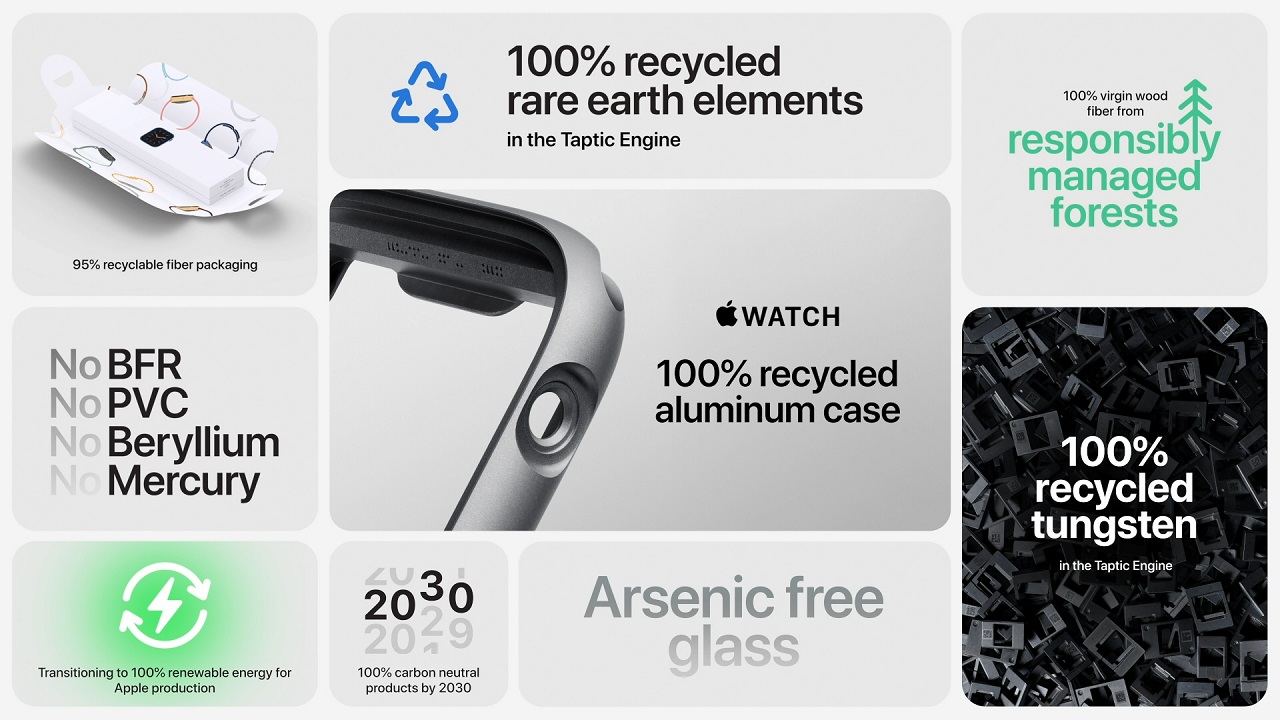Announced in 2020, Apple 2030 is a bold plan to make every Apple device carbon neutral by the end of the decade. The company, already carbon neutral for its global corporate operations, targets a 75% reduction in emissions from 2015 levels, with the remaining 25% offset through carbon removal projects like tree planting. Apple has made strides, reducing greenhouse gas emissions by over 60% since 2015 and sourcing 17.8 gigawatts of renewable energy in its supply chain in 2024, avoiding 41 million metric tons of emissions, per Apple’s 2024 Environmental Progress Report.
Eucalyptus farms in Brazil are a cornerstone of Apple’s carbon offset strategy. The trees’ rapid growth makes them efficient at trapping carbon dioxide in their lignin, the woody component that stores carbon long-term. By reforesting deforested areas in Brazil, Apple aims to lock away carbon while supporting local economies through timber production for paper, furniture, and flooring. The approach seems logical: plant trees, reduce emissions, and repurpose the wood for industrial use, avoiding the pitfalls of traditional carbon credits, which are often criticized as greenwashing.
The Eucalyptus Controversy
Despite its promise, Apple’s eucalyptus strategy has sparked debate among ecologists and local communities. Eucalyptus, native to Australia, is a non-native species in Brazil, and introducing it carries risks. Fast-growing plants like eucalyptus can become invasive, potentially outcompeting native species and disrupting ecosystems. While some argue this is less of a concern in Brazil due to managed plantations, the trees’ high water consumption is a significant issue. Eucalyptus is known for draining water-heavy areas, historically used to control malaria by drying swamps. In Brazil, a country grappling with water scarcity in some regions, this could strain local resources, affecting agriculture and communities.
Moreover, planting monocultures—single-species forests—can harm biodiversity. Unlike diverse native forests, eucalyptus plantations support fewer species, weakening ecosystem resilience. Science and technology journalist Gregory Barber, in his MIT Technology Review investigation, highlighted these concerns after visiting Apple’s Brazilian farms. He noted that while the farms aim to restore deforested land, they replace complex ecosystems with uniform plantations, potentially doing more harm than good. Local residents also express skepticism, questioning whether the environmental benefits outweigh the disruption to their land and water resources.
The Limits of Carbon Offsets
Apple’s eucalyptus farms bypass traditional carbon credits, which are often criticized for their lack of transparency and questionable impact. Carbon credits involve funding projects—like protecting forests or building renewable energy—that theoretically offset a company’s emissions. However, quantifying their effect is tricky, leading to accusations of greenwashing. Apple’s direct investment in tree planting aims to sidestep these issues, but it doesn’t fully resolve the problem. The ecological trade-offs of eucalyptus monocultures raise questions about whether this approach truly advances Apple 2030’s goals or merely shifts environmental challenges elsewhere.
Apple’s broader environmental efforts provide context. The company has prioritized recycled materials, with 24% of 2024 product materials coming from recycled or renewable sources, and pioneered innovations like the Daisy robot, which disassembles iPhones for recycling. Yet, its yearly product release cycle and the energy-intensive AI race complicate emissions reductions. Critics argue that while eucalyptus farms address residual emissions, Apple’s core challenge—manufacturing and supply chain emissions—requires deeper structural changes.
Why It Matters for Users
For Apple users, the eucalyptus debate highlights the complexity of corporate sustainability. Devices like the carbon-neutral Mac mini and Apple Watch Series 10, built with over 50% and 30% recycled content respectively, reflect Apple’s commitment to lower-impact products. However, the environmental cost of offset strategies like eucalyptus farms may indirectly affect consumers through Apple’s brand reputation and pricing. If the farms fail to deliver promised benefits or harm local ecosystems, public backlash could pressure Apple to rethink its approach, potentially impacting product development timelines or costs.
For tech enthusiasts, this controversy underscores the trade-offs in achieving carbon neutrality. While Apple’s innovations—such as reusable air filters in data centers, saving 25 tons of landfill waste annually—demonstrate progress, the eucalyptus strategy reveals that no solution is perfect. Users benefit from durable, energy-efficient devices, but the broader environmental impact of production and offsets remains a work in progress.
A Path Forward
Apple’s eucalyptus farms are part of a broader portfolio, including the Restore Fund, which supports regenerative agriculture and ecosystem restoration. In 2024, the fund expanded to include projects like olive and almond farms in Portugal and Spain, blending conservation with sustainable farming. These efforts suggest Apple is diversifying its carbon removal strategies, potentially mitigating the risks of eucalyptus monocultures. Partnerships with suppliers like TSMC and Murata, who joined the fund, further amplify its impact by reducing emissions across the supply chain.
Still, ecologists urge Apple to prioritize native species and mixed forests to restore biodiversity and water cycles. Engaging local communities more deeply could also address concerns about land use and resource strain. Apple’s Lisa Jackson, vice president of Environment, Policy, and Social Initiatives, has emphasized collaboration, noting that Apple 2030 aims to inspire industry-wide change. Whether eucalyptus farms become a model for sustainable forestry or a cautionary tale remains to be seen.
The Bigger Picture
Apple’s eucalyptus initiative reflects a broader challenge for tech giants: balancing innovation with environmental responsibility. While the company’s 60% emissions reduction since 2015 is commendable, the ecological risks of non-native monocultures highlight the need for holistic solutions. For users, this means supporting a brand navigating complex trade-offs to deliver sustainable products. As Apple refines its Apple 2030 strategy, its ability to adapt to criticism and prioritize ecosystem health will shape its environmental legacy.










